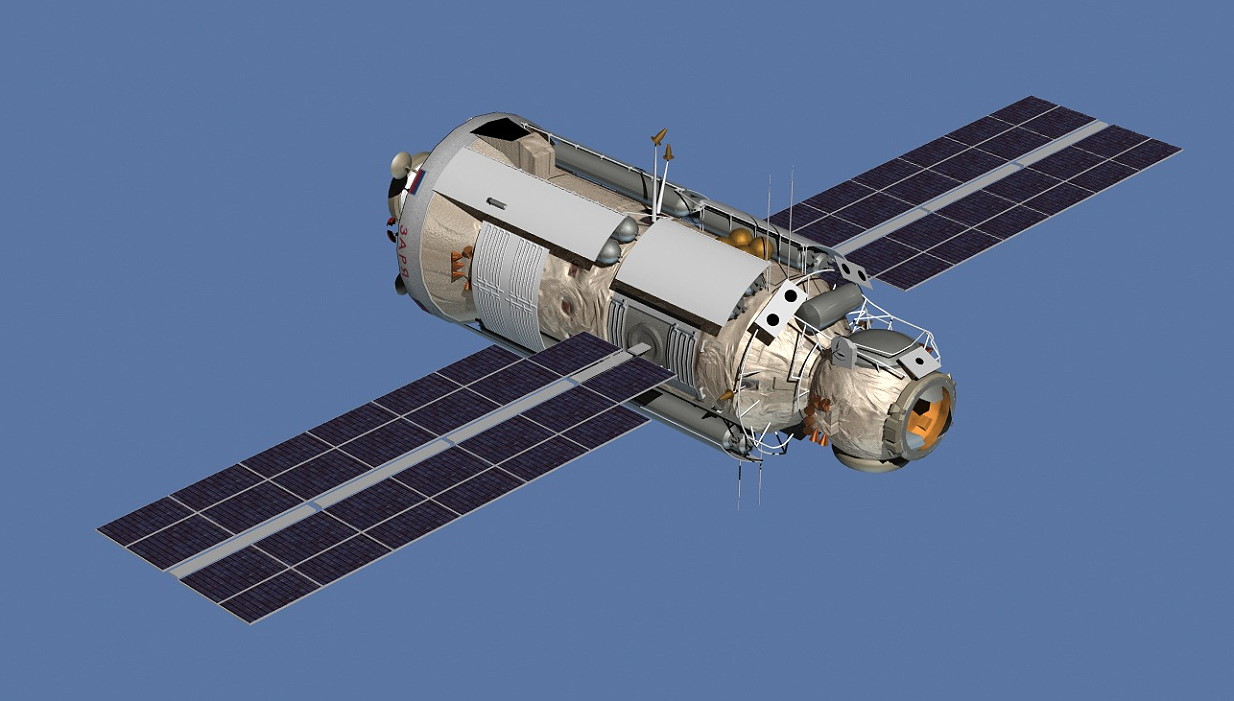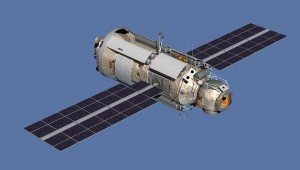November 21, 2013 – It was 15 years ago yesterday that the first module of the International Space Station (ISS) was launched into low-Earth orbit. So a belated happy birthday. Called the Zarya Control Module it was designed as a propulsion and power component for later modules that would be attached. Zarya means sunrise in Russian. It was built at the Khrunichev State Research and Production Space Center in Moscow under subcontract to The Boeing Company, one of NASA’s prime contractors for the ISS.
Zarya (12.55 x 4.11 meters or 41.2 x 13.5 feet) weighs over 19,000 kilograms (+42,000 pounds) and was designed for a 15-year life in space. Today it remains a part of the ISS although it no longer has a primary propulsion or docking function. It is now used for storage and the attachment of external fuel tanks. When first launched its power capacity from solar arrays and NiCad batteries amounted to 3 Kilowatts. It came with side docking ports to accommodate Soyuz and Progress spacecraft, the former for human crews, the latter for supply missions. Zarya also had 36 steering jets and two rocket engines to allow it to adjust its attitude and orbit. This was crucial in establishing the initial stable orbit of the ISS.
Zarya has been upgraded with additional shielding to extend the life of the module for at least another 15 years. So that momentous first launch on November 20, 1988 has spawned a orbital home in low-Earth orbit that should be functional until 2028. Much of the first few years of the ISS were devoted to its construction. Today, however it is no longer about how to engineer a space habitat, it is instead about utilizing it for space research focused on a wide range of studies including the state of the human condition when exposed to long duration weightless environments.












